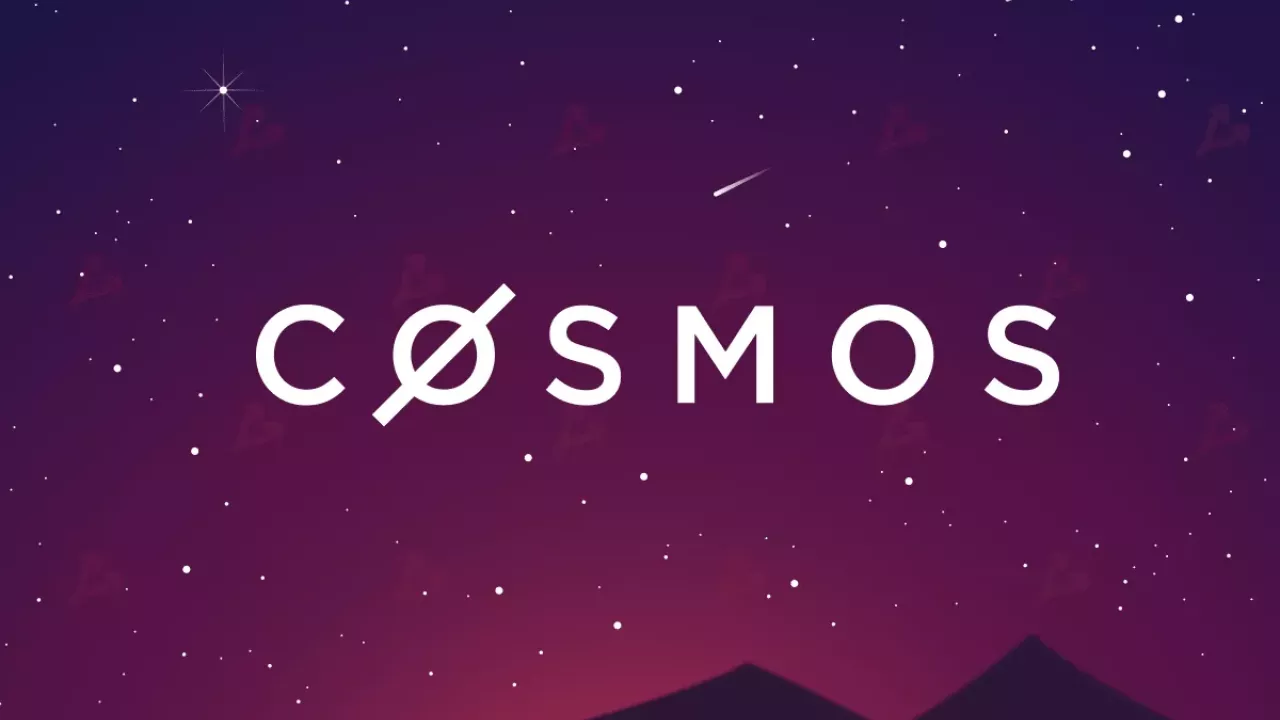Cosmos and ATOM: Enhancing Blockchain Interoperability

Over the past ten years, blockchain technology has seen notable developments as several initiatives targeted at different issues in the distributed environment have shown. One such initiative in development is Cosmos, a distributed network of autonomous blockchains run on ATOM, each driven by its currency. In this extensive paper, we examine Cosmos’s design, the function of ATOM, staking systems, government, and its place in the larger Bitcoin scene, delving into its nuances.
Cosmos: Enhancing Blockchain Interoperability and Scalability
Often referred to as the “Internet of Blockchains,” Cosmos is an ambitious effort to address some of the most essential blockchain industry problems, such as scalability, interoperability, and usability. Through the Inter-Blockchain Communication (IBC) protocol, the Cosmos network lets several blockchains—known as “zones”—communicate and trade with one another. By enabling the smooth flow of data and assets between several blockchains, this interoperability helps to build a more linked and effective distributed ecosystem.

The Cosmos Hub, the primary blockchain linking and safeguarding the whole ecosystem, resides at the core of the Cosmos network. The ATOM cryptocurrency drives the Cosmos Hub, essential for maintaining the network’s security and enabling governance procedures.
ATOM’s Role in Security and Governance of Cosmos
ATOM mainly concentrates on network security, helps govern, and serves several purposes inside the Cosmos ecosystem. ATOM holders can assign their tokens to validators verifying transactions and network security, as a proof-of-stake (PoS) blockchain allows. Staker earnings in the form of more ATOM tokens come from their involvement.
Just as important is ATOM’s governance component. ATOM holders propose and vote on changes to the Cosmos Hub, including protocol improvements and parameter tweaks. This distributed governance system guarantees that the community controls the network’s development.
Enhancing ATOM Staking Through Security and Liquidity Innovations
Staking ATOM involves giving tokens to a validator, who then utilises them for participation in the consensus process. Validators are selected based on their performance in validating transactions and the ATOM staked level. Delegators get staking payouts according to the amount of ATOM they have committed to.
Several tools provided by the Cosmos network aim to improve the staking experience. For example, Interchain Security lets smaller blockchains “borrow” the Cosmos Hub’s security by running its validators. This function raises the demand for ATOM staking and promotes the protection of the whole ecosystem.
Moreover, liquid staking is becoming rather popular. Liquid staking lets ATOM holders stake their tokens while maintaining liquidity by acquiring derivative tokens that may be exchanged or used in other DeFi apps. This invention solves the typical problem with illiquidity related to conventional staking techniques.DecentraliseddGovernancen Dynamics in Cosmos Hub
Cosmos’s governance paradigm is meant to be community-driven and distributed widely. Any ATOM holder can start proposals for network modifications, which are voted upon by the community. A plan will be adopted if the voting population supports it enough.
The Cosmos Hub uses a dynamic mode for inflation. The percentage of ATOM tokens staked determines the annual inflation rate. Inflation rises to encourage more staking if a small fraction of tokens are staked. On the other hand, if a lot of tokens are staked, the inflation rate falls. This system seeks to balance keeping the network safe with managing the ATOM token supply.
Growth and Prospects of the Cosmos (ATOM) Ecosystem
ATOM has seen a notable increase in value and acceptance since its founding. Reflecting the bitcoin market’s erratic character, the token’s price has undergone notable swings. But spurred by the Cosmos ecosystem’s ongoing expansion and growing need for interoperability solutions, the long-term trend shows a favourable future.
The Cosmos ecology now comprises a broad spectrum of initiatives and uses. Built on the Cosmos SDK and using IBC for interoperability, these comprise distributed finance (DeFi) platforms, non-fungible token (NFT) markets, and cross-chain bridges. This expansion emphasises the value and possibilities of the Cosmos network inside the larger blockchain environment.
Mitigating Risks in ATOM Staking Through Validator Diversification
Although staking ATOM has appealing benefits, one should know the related hazards. A ” slashing ” procedure punishes validators for misconduct, including double-signing or extended downtime. A percentage of the staked ATOM is lost when a validator is slashed, which can influence delegates who have given their tokens to that validator.
ATOM holders should spread their staking distributions among several validators to help reduce risks. This approach lessens the effect of the misconduct of one validator on the general staking rewards and principal.
Strengthening Cosmos: ATOM’s Evolving Role in Interchain Growth
Cosmos wants to continue its mission of creating an interconnected blockchain environment. Future improvements to the IBC protocol, the spread of Interchain Security to more areas, and new governance elements meantto decentralise decisidecentralizeocesses furthers will all help.

The function of ATOM in this changing terrain remains crucial. The demand for ATOM for staking and governance purposes is likely to rise as the Cosmos ecosystem expands, hence raising the value and usefulness of the instrument.
Final thoughts
Cosmos addresses significant problems such as scalability and interoperability, reflecting a major advancement in the development of blockchain technology. Cosmos has developed a strong and safe ecosystem by cleverly using the ATOM Cryptocurrency Volatility, which lets disparate blockchains communicate easily.
Staking ATOM gives anyone who wants to be part of the Cosmos network a chance to benefit while helping to govern and secure the network. Like any investment, though, it’s essential to do extensive research and grasp the related hazards.
